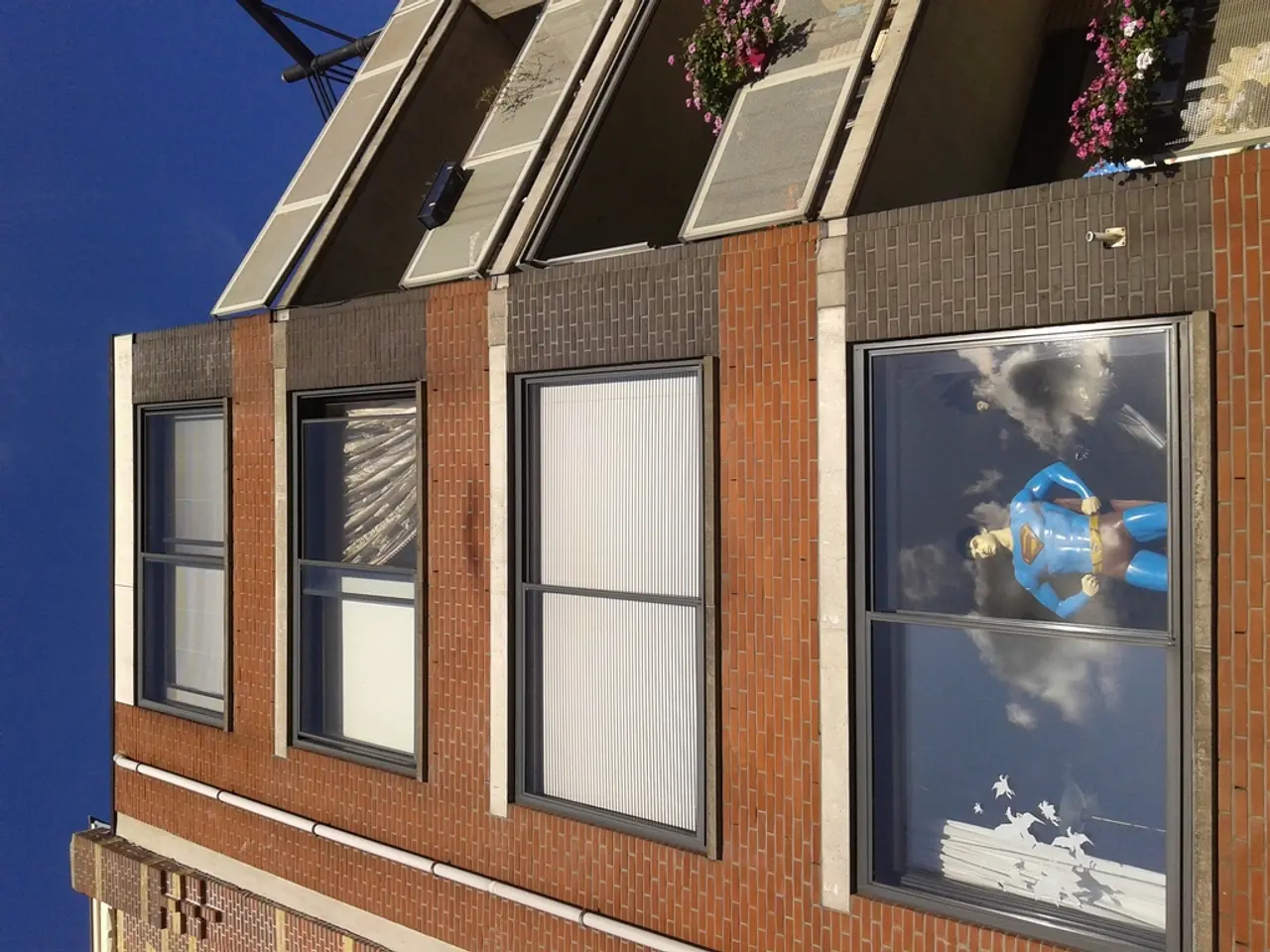Indoor greenery's impact on emotional well-being: An exploration
Embarking on a journey to maintain a low-maintenance indoor garden can be a rewarding experience, offering numerous benefits for both your living space and well-being. Indoor plants not only enhance the aesthetic appeal of your home but also have the potential to improve mental health.
To create and maintain a thriving low-maintenance indoor garden, consider these key steps and plant recommendations:
1. **Choose easy-care plants suited to your light levels:** - For low to low-moderate light areas, opt for plants such as the Snake Plant, ZZ Plant, Cast Iron Plant, Parlor Palm, Philodendron, Peace Lilies, and Spider Plant. - In brighter, indirect light areas, Pothos and Fiddle Leaf Fig are excellent choices.
2. **Group plants to naturally increase humidity,** particularly beneficial for tropical plants like pothos and monstera.
3. **Use appropriate watering routines:** - Many low-maintenance plants prefer dry periods between watering, such as the snake plant and ZZ plant. - Observe natural indicators like drooping for spider plants to avoid overwatering. - Avoid overwatering by checking soil moisture; most tropical low-light plants prefer soil to dry out somewhat between watering.
4. **Location and placement:** - Place low-light tolerant plants in darker corners or away from windows. - Use brighter spots, like near east- or south-facing windows, for plants needing indirect light. - Consider supplementing natural light with LED grow lights if necessary, especially for edible plants.
5. **Additional options for indoor edible gardening:** - Leafy greens like lettuce, spinach, kale, and arugula grow well indoors in sunny spots or with supplemental lighting and are relatively low maintenance.
6. **Maintenance tips:** - Trim trailing plants like pothos to keep tidy and encourage bushier growth. - Repot when plants outgrow their containers to prevent stress. - Regularly dust leaves to improve photosynthesis and appearance.
By selecting robust, drought-tolerant plants and placing them according to the available light in your home, you can establish a low-maintenance indoor garden that thrives in varied light conditions with simple care routines.
If you're interested in edible plants indoors, focus on leafy greens and use grow lights if natural light is limited. Grouping plants and monitoring soil moisture carefully also helps reduce watering frequency and improves plant health.
These strategies yield a lush indoor garden requiring minimal effort, even for beginners. The presence of indoor plants is often associated with being a mood booster, enhancing productivity and creativity. Cultivating a year-round garden can be a cost-effective and important decision, providing a change in the aura of the place and your life.
[1] The Spruce, Indoor Plants: A Complete Guide to Choosing, Growing, and Caring for Houseplants, 2020. [2] The Sill, Indoor Plant Care: A Comprehensive Guide, 2021. [3] The Balcony Garden Web, Indoor Gardening: A Guide to Growing Plants Indoors, 2021. [4] The Garden Glove, Indoor Plant Placement: How to Choose the Perfect Spot for Your Houseplants, 2020.
- To foster a flourishing low-maintenance indoor garden, pick succulent plants like the Snake Plant, ZZ Plant, and Peace Lily that thrive in various light conditions.
- For a more humid environment, strategically group plants together, particularly tropical species such as pothos and monstera.
- Adhere to appropriate watering routines to maintain plant health; for instance, the Snake Plant and ZZ Plant prefer dry periods between watering.
- Place low-light plants in darker corners, while those needing indirect light should reside near east- or south-facing windows.
- To embark on indoor edible gardening, consider leafy greens such as lettuce, spinach, and kale, which are relatively easy to tend.
- Make indoor gardening a lifestyle choice – regularly dust leaves, re-pot plants when necessary, and trim trailing plants like pothos to promote healthy growth.




